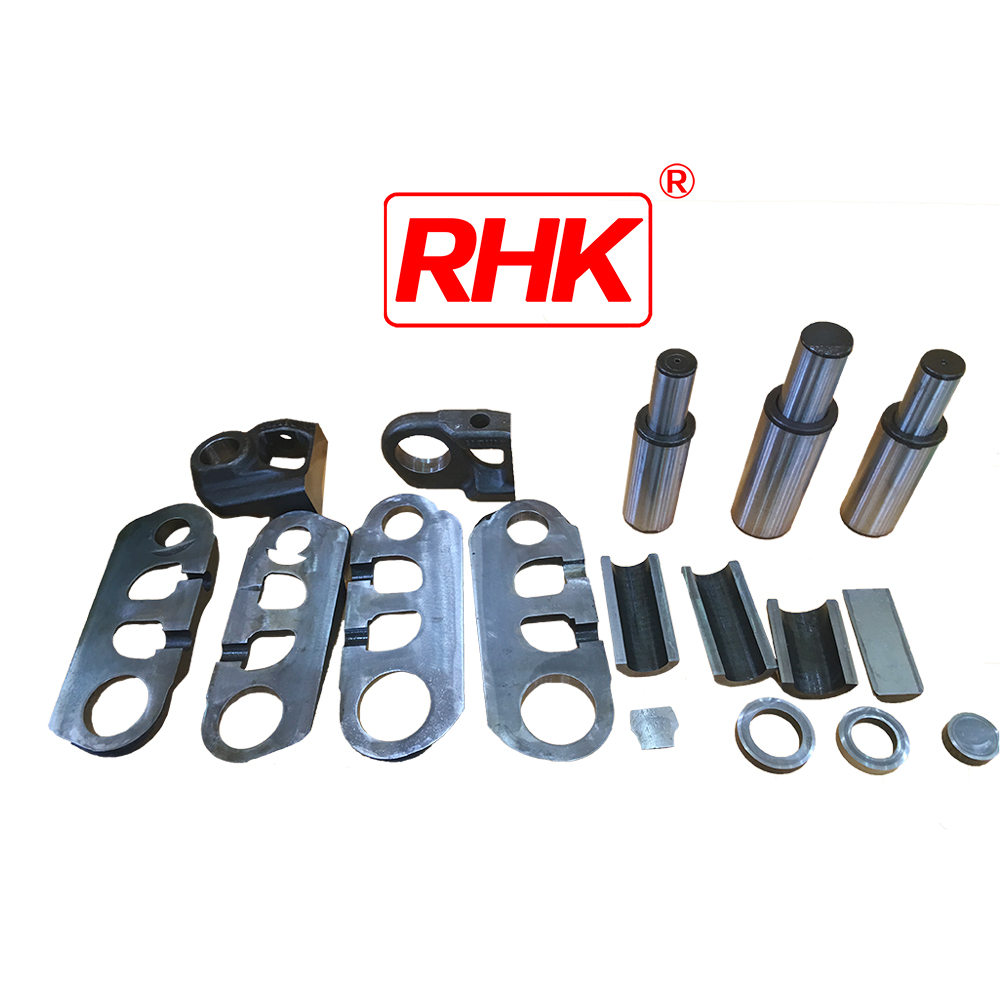The excavator link, which is a crucial component of the machine’s arm structure, plays a significant role in how an excavator handles different types of soil.
Here’s how it impacts excavating operations across various soil types:
- Strength and Stability: The excavator link provides structural support to the arm and bucket assembly, allowing the machine to exert significant force when digging into different soil types. A robust link construction ensures stability and prevents structural failure, particularly when working with dense or rocky soils.
- Penetration and Breakout Force: The design and length of the excavator link influence the machine’s penetration capabilities and breakout force, which determine its effectiveness in breaking through different soil types. Longer links may provide increased reach and leverage for digging deeper or reaching over obstacles, while shorter links may offer higher breakout force for tough soils.
- Flexibility and Articulation: Excavator links are engineered to allow for articulation and flexibility, enabling the machine to adapt to the contours of the terrain and maintain stability on uneven ground. This flexibility is crucial for maintaining traction and control when working on soft or uneven soils.
- Bucket and Attachment Compatibility: The excavator link interfaces with various bucket types and attachments, allowing operators to choose the most suitable tool for the specific soil conditions and excavation tasks. Different bucket shapes, sizes, and teeth configurations optimize digging performance in different soil types, from loose to compacted soils.
- Control and Precision: The excavator link, along with the hydraulic system, provides precise control over the bucket’s movements, allowing operators to manipulate soil with accuracy and efficiency. This control is essential for achieving precise excavation depths, shaping trenches, and handling delicate materials in sensitive soil conditions.
- Maintenance and Wear Resistance: Proper maintenance of the excavator link, including regular inspection, lubrication, and replacement of worn components, is crucial for ensuring continued performance and longevity. Abrasive soils, such as sandy or gravelly soils, can accelerate wear on link pins, bushings, and joints, necessitating proactive maintenance practices.
In summary, the excavator link is integral to the machine’s ability to handle different types of soil effectively. Its strength, stability, flexibility, and compatibility with various attachments all contribute to the excavator’s performance and productivity across a range of soil conditions, from soft and loose to dense and compacted.

Comments